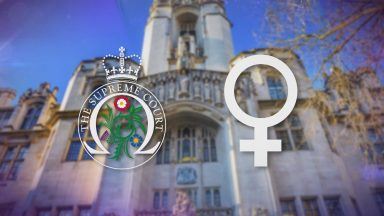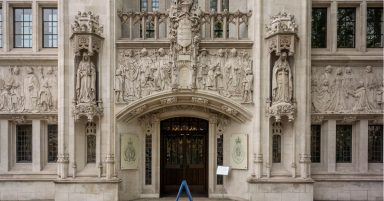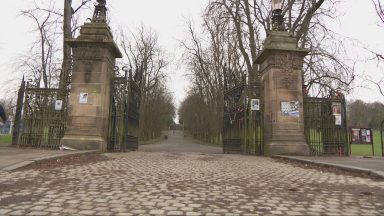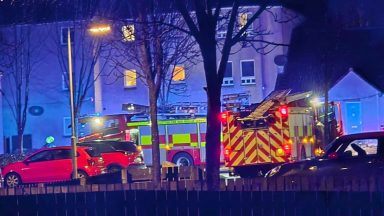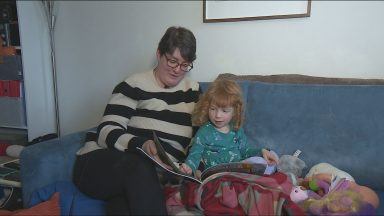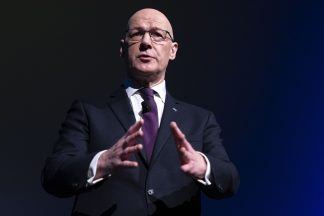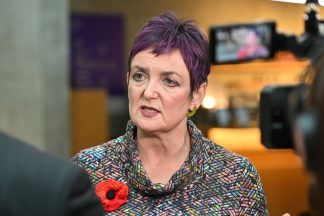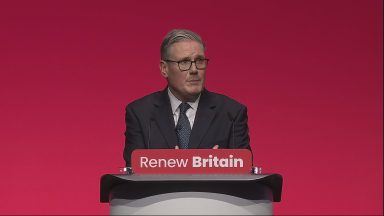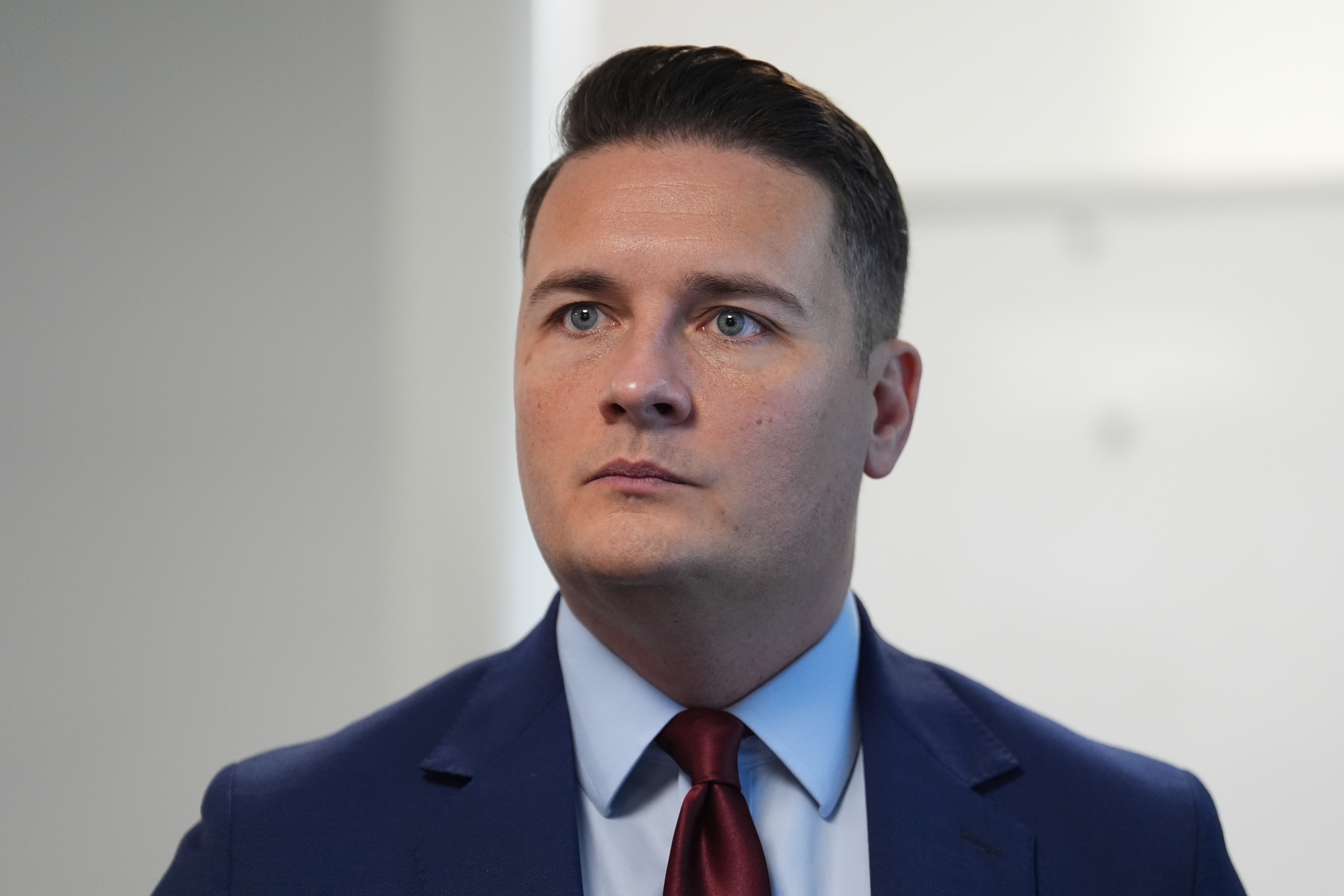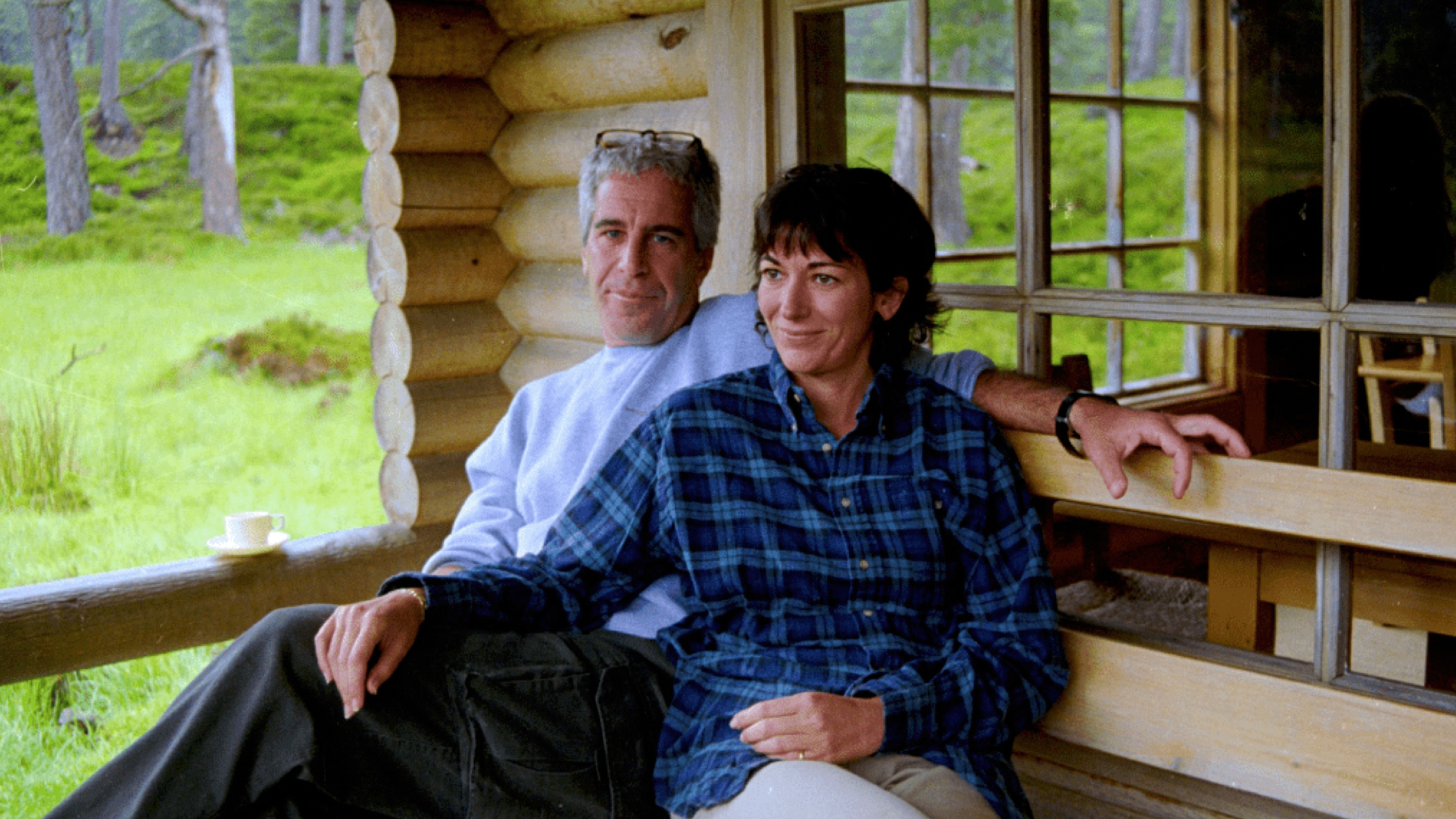The equality watchdog has opened a public consultation on updates to its Code of Practice in the wake of the Supreme Court’s ruling on the definition of a woman.
It follows the landmark judgment last month that determined the legal definition of a woman refers to “biological women and sex” in the 2010 Equality Act.
The Equality and Human Rights Commission (EHRC) said the ruling would force it to rewrite parts of the Code of Practice for governments, public bodies, employers and others.
The EHRC is Britain’s equality regulator, responsible for upholding and enforcing the Equality Act 2010.
It has implications for a wide variety of services that impact people’s daily lives, including determining what facilities must be provided and who is able to access those facilities.
Among the changes are updates on guidance on how separate and single-sex services can be provided for men and women. It also sets out when providing these services is likely to be lawful.
What are the changes?
Updates to the EHRC’s Code of Practice include
-
 Explanation that Gender Recognition Certificates do not change a person’s legal sex for the purposes of the Equality Act 2010
Explanation that Gender Recognition Certificates do not change a person’s legal sex for the purposes of the Equality Act 2010 -
 Outline of what protections trans people have under the Act, whether or not they have a Gender Recognition Certificate
Outline of what protections trans people have under the Act, whether or not they have a Gender Recognition Certificate -
 New content on defining sex at birth, which defines sex, man and woman in the Equality Act
New content on defining sex at birth, which defines sex, man and woman in the Equality Act -
 Specification on sexual orientation that a person who is attracted to people of the same sex is either a lesbian woman or a gay man
Specification on sexual orientation that a person who is attracted to people of the same sex is either a lesbian woman or a gay man -
 As trans men are legally female under the Equality Act, they are protected from pregnancy and maternity discrimination on that basis
As trans men are legally female under the Equality Act, they are protected from pregnancy and maternity discrimination on that basis -

On Tuesday, the watchdog announced it was seeking views on updates to its rulebook.
“Since the judgment was handed down, the demand for authoritative guidance has been obvious. It’s our job to provide that,” the Commission’s chair Baroness Kishwer Falkner said.
“It is important that our Code is both an accurate interpretation of the law and clear to those who use it. So we want to hear views on the clarity of these updates and urge all interested parties to respond to the consultation over the next six weeks.
“We will consider every response carefully and amend the draft Code where necessary.”
Last year, the EHRC ran a twelve-week consultation on wider revisions to the Code of Practice, made then to reflect a range of “significant developments” in legislation and case law since it was first published in 2011.
In light of the Supreme Court’s ruling, and the desire for authoritative guidance on its implications, the equality regulator has opened a fresh consultation on a number of further updates.
The equality watchdog said it had incorporated the “clear” legal position on the definition of “sex” into relevant sections of the Code.
The EHRC is asking for views on whether these updates “clearly articulate the practical implications of the judgment” and enable those who will use the Code to understand, and comply with, the Equality Act.
The consultation, opened on Tuesday, will close on Monday, June 30.
The EHRC said it will review responses received as part of the consultation and make “necessary amendments” to the draft Code of Practice.
It will then be submitted to the UK minister for women and equalities for approval and laying in Parliament, before it acquires statutory status.
“This is a complex area of law, which bears on the rights of people with the protected characteristics of sex, sexual orientation and gender reassignment,” said Baroness Falkner.
“We know that there are strongly held views across our society, both about how the law should be interpreted and whether it reflects the right balance between those rights. So if everybody’s rights are to be protected – as the Supreme Court confirmed the law intends – service providers and their legal advisors need help to navigate these challenges.
“The consultation launched today will help ensure our services Code of Practice is a useful and authoritative guide. Please tell us if you think it could be clearer or more helpful. That way, whether you’re a shop owner or the chair of a local sports club; the manager of a hotel or a hospital; an HR professional or a solicitor – you will have guidance to follow so you can be confident that you’re upholding the law.”
The Code of Practice is one of a range of statutory and non-statutory guidance the EHRC is updating.
The consultation and more information can be found on the EHRC’s website here.
How did we get here?
The Supreme Court ruling follows a lengthy legal challenge by women’s rights campaigners who challenged the Scottish Government’s interpretation of anti-discrimination legislation which applies to England, Scotland and Wales.
For Women Scotland had argued that “woman” means being born a biological female.
The Scottish Government had argued that “woman” should extend to trans women with a gender recognition certificate (GRC).
Holyrood’s interpretation was twice upheld in Scottish courts, and ministers said their stance was “consistent with the advice given by the Equality and Human Rights Commission (EHRC)”.
But on April 16, the Supreme Court – the highest court in Britain – unanimously decided the terms woman and sex in the Equality Act 2010 refer to a “biological woman and biological sex”.
Follow STV News on WhatsApp
Scan the QR code on your mobile device for all the latest news from around the country


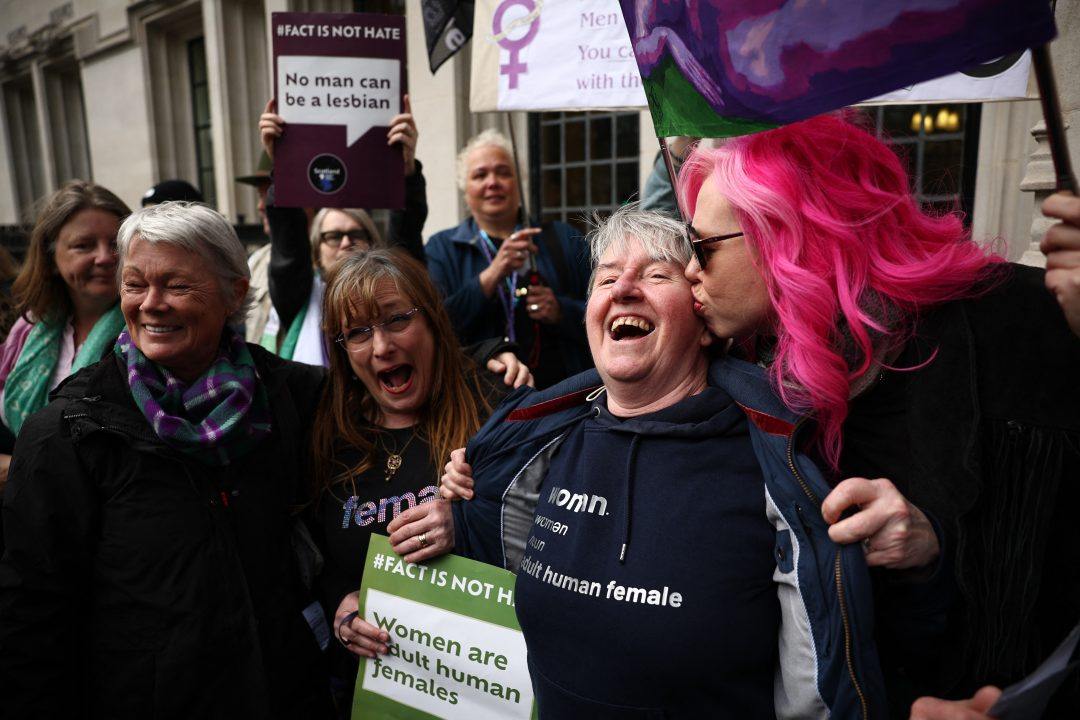 Getty Images
Getty Images